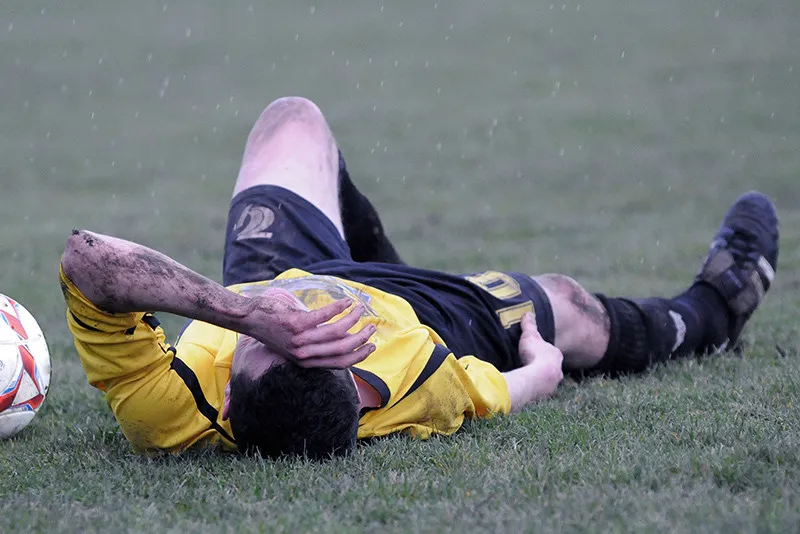Your child will need to wear a brace or sling to immobilize their collarbone while it heals. The purpose of this is to keep your child comfortable. As their pain improves, your child may be able to stop wearing the sling or brace full time.
Unlike other broken bones, broken clavicle fractures don’t need to be set. Similarly, casts are not used for clavicle fractures since a cast would have to cover your child’s entire chest and shoulder to immobilize the area.
In special cases, your child’s doctor may recommend surgery. However, research conducted at Boston Children’s has shown that for the vast majority of fractures, even ones where the fractured bone fragments do not line up perfectly, adolescents treated without surgery undergo reliable and uneventful healing and report the same shoulder function, quality of life, and satisfaction as those who undergo surgery for clavicle fracture.
Some people have a visible bump after their clavicle heals. The bump generally becomes smaller over time as the bone continues to repair itself, even for older adolescents.




